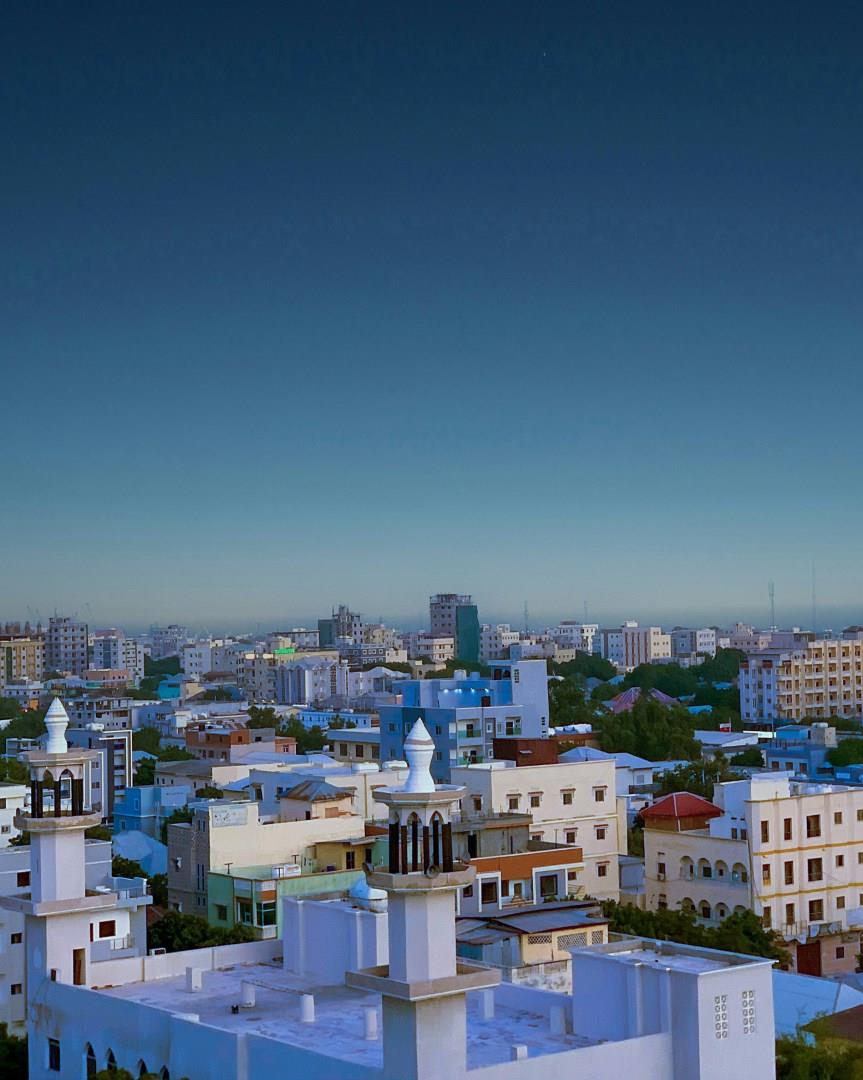

El Calafate
The town of El Calafate, located on the southern shore of Lago Argentino in the province of Santa Cruz, is 312 km away from Rio Gallegos airport and 60 km from the National Park "Los Glaciares".

Romania
There's a wealth of things to do and see in Romania with an intensive range of activities and places to visit. You can ski at traditional or purpose-built mountain resorts or laze in the hot sun on the Black Sea beaches comparable to those on the Mediterranean.

Mo'orea
Warm sands, cerulean waves, and stunning tropical views await you in Moorea, an island in French Polynesia. Unwind in an overwater bungalow, snorkel with tropical fish, or shop for pearls as you explore the remote beauty of this island destination.

French Polynesia
An enchanting paradise in the heart of the South Pacific, French Polynesia is made up of over 100 islands known for their crystal-clear lagoons, lush mountains, and vibrant coral reefs. The islands’ warm, tropical climate combined with its stunning landscapes, from towering waterfalls to dramatic volcanic peaks, invite travelers to step into a world of natural wonder and beauty.

Bratislava
This charming little capital town of Slovakia is the perfect destination for those who want a European experience with a quieter and less crowded feel. You could spend hours strolling the cobblestone streets of the Gothic old town, or the beautiful Bratislava Castle, a restored Baroque castle.


